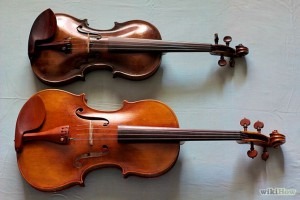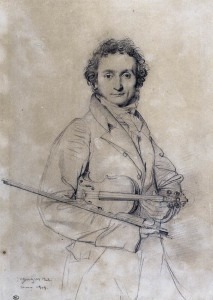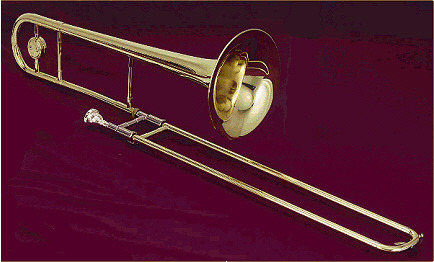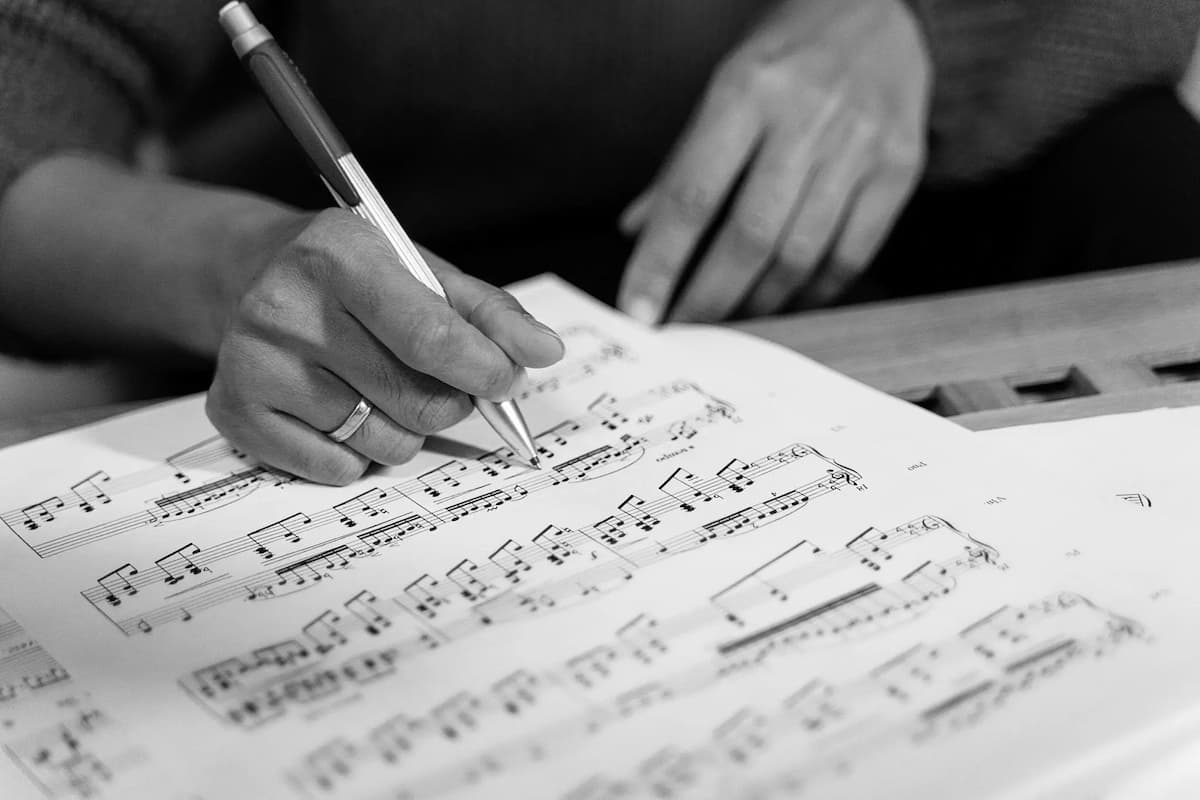
Violin and Viola
The viola is built on the same lines as the violin but is slightly larger. The largest common size of the body of a viola is 16.5 inches (419 mm) whereas the violin is 14 inches (358 mm).
Its warm, low sound can be a luxurious addition to the high string sound. In the Baroque era, the viola was largely used for filling in harmonies. In Bach’s Brandenburg Concerto No. 6, however, which does not include violins, the 2 violas come into their own.
Bach: Brandenburg Concerto No. 6 in B-Flat Major, BWV 1051: I. Allegro. Apollo’s Fire. Jeannette Sorrell, conductor
After the Baroque era, there were a few pre-Classical works that featured viola, such as Telemann’s Viola Concerto. In the 19th century, an unusual work was Berlioz’ Harold in Italy (1834), written for solo viola and orchestra. Taking elements from Lord Byron’s poem Childe Harold’s Pilgrimage (1812-1818), the work was commissioned by the violin virtuoso Niccolò Paganini.

Niccolò Paganini by Jean Auguste Dominique Ingres
Clarke: Viola Sonata: I. Impetuoso: Poco agitato. Vladimir Bukač, viola
Jaromir Klepac, piano
Going beyond regular orchestral music, the viola’s darker sound has featured in electronic music known as ‘spectral music,’ which was created by compositional decisions being made through analysis of the spectrographic analysis or a mathematical analysis of a sound. The French composer Gérard Grisey was important in the use of the viola in this music.
Grisey: Les espaces acoustiques: Périodes. Akso Ensemble
A list of the historically and modern top violists has to include:
Carl Stamitz (1745-1801)
Lionel Tertis (1876-1975)
Paul Hindemith (1895-1963)
William Primrose (1904-1982)
Nobuko Imai (b. 1943)
Pinchas Zukerman (b.1948)
Kim Kashkashian (b.1952)
Yuri Bashmet (b. 1953)
Christophe Desjardins (1962)
Tabea Zimmermann (b.1966)
Lawrence Power (b. 1978)
Maxim Rysanov (b. 1978)
Antoine Tamestit (b.1979)
And the top works include:
Bartók: Viola Concerto
Ligeti: Solo Viola Sonata
Ligeti: Sonata for Viola Solo: I. Hora Lunga. Antoine Tamestit, viola
Shostakovich: Viola Sonata
Shostakovich: Viola Sonata II. Allegretto. Antoine Tamestit, viola
Berio: Sequenza VI
Berio: Sequenza VI. Christophe Desjardins, viola
Britten: Lachrymae
Britten: Lachrymae. Maxim Rysanov, viola; BBC Symphony Orchestra; Edward, Gardner, cond.
Walton: Viola Concerto
Bax: Viola Sonata
Joachim: Variations, Op 10
Telemann: Viola Concerto in G major
Bartok Viola Concerto
Maxim Rysanov







Thank you for a very interesting article on the viola in music.